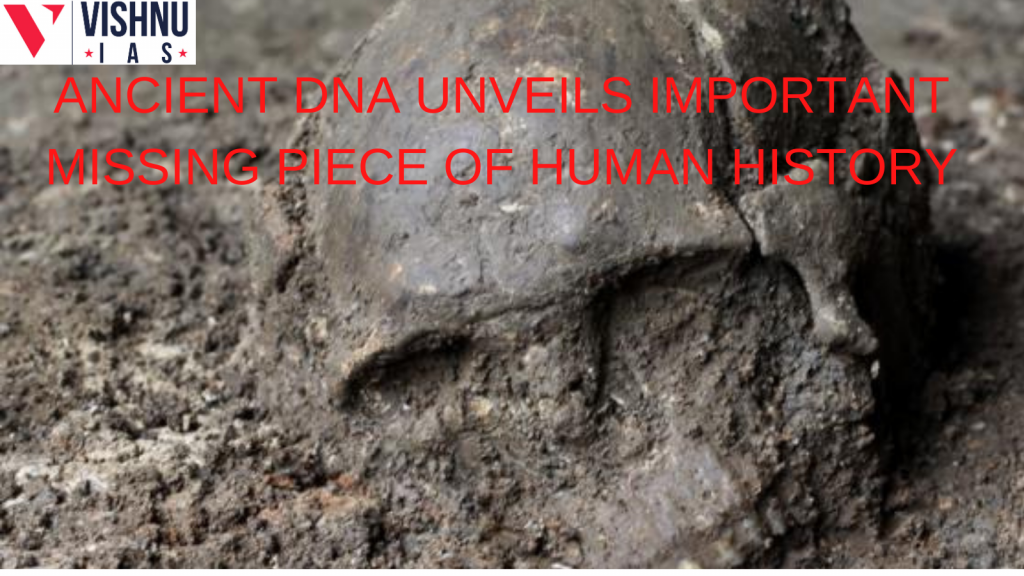Ancient DNA unveils important missing piece of human history
Genomes from Neolithic East Asia have unveiled a missing piece of human prehistory
According to a study conducted by Prof. Fu Qiaomei’s team from the Institute of Vertebrate Paleontology and Paleoanthropology (IVPP) of the Chinese Academy of Sciences.
Advanced ancient DNA capture techniques to retrieve ancient DNA from 25 individuals dating back 9,500-4,200 years and one individual dating back 300 years from northern and southern East Asia.
The newly sequenced DNA casts a spotlight on an important period in East Asia’s early history: the transition from hunter-gathering to agricultural economies.
One hypothesis for population movement in East Asia is that during the Neolithic, a “second layer” of agriculturalists replaced a “first layer” of hunter-gatherers in East and Southeast Asia.
Divergent ancestries can be found in Southeast Asia and the Japanese archipelago, in the Chinese mainland, Neolithic populations already displayed genetic features belonging to present-day East Asians.
The results of the current study fail to support a “two layer” dispersal model in Neolithic East Asia in this area.
Early Neolithic East Asia (9,500 – 8,400 BP):
Existed along the Yellow River and up into the eastern steppes of Siberia, distinct from a southern ancestry that existed along the coast of the southern Chinese mainland and islands in the Taiwan Strait.
Population movement impact:
Already started impacting East Asians by the Late Neolithic.
For example, Shared a connection to coastal northern East Asians and the former’s ancestry may have extended north as well.
East Asian populations are not clearly separated into two distinct groups from both the north and south share a closer genetic relationship to northern Neolithic East Asians along the Yellow River and the southern coast of China.
A mixture of northern and southern ancestry from Neolithic East Asia, with northern ancestry playing a larger role.
Population movement from the north along the Yellow River southward was a prominent part of East Asian prehistory after the Neolithic. present-day Han Chinese in all provinces, north and south, show a similar amount of northern and southern influences.
Southern ancestry less represented in mainland East Asia today, they have influence on other regions.
Austronesian speakers share a close genetic relationship to mainland East Asians but live across a wide swath of islands in Southeast Asia and the Southwest Pacific, show a remarkably close genetic relationship to Neolithic populations from the southern coast of China.
Archaeological materials dating back to the Middle Neolithic have long hinted at the connection between Austronesian islanders and populations in mainland East Asia. Now, the genetic relationships uncovered in new study.
The history revealed by these 26 ancient humans highlights the profound impact that population movement and mixture had on human history, but they also reveal continuity that extends back 9,500 years.
Unlike in Europe, influences from Central Asia had no role in the formation of East Asian ancestry, with mixing largely occurring regionally between northern and southern populations in East Asia.
Coastal connections between ancient populations in Siberia, Japan, China, and Southeast Asia suggest that as more ancient DNA is retrieved and studied
A complex history of population contact and admixture in East Asian human prehistory will be revealed.
Ancient DNA unveils important missing piece of human history







